Harnessing the Power of the Sun
HOW SOLAR WORKS
Sunlight is an incredible source of energy for the earth. Solar power is the technology used to harness the sun’s energy and make it useable. Today, technology produces less than one-tenth of one percent of global energy demand.
Australia leads the world in household solar panel installations. By 2016 more than one in seven Australian households had installed solar PV. This is 16.5 percent of all Australian households.
Solar energy has recently been reinvented in Australia with the introduction of the Tesla Powerwall home battery. Before solar battery storage options, extra energy from the sun was sent straight back through the grid or wasted altogether. Now solar owners can take charge of the sun’s energy, day and night.
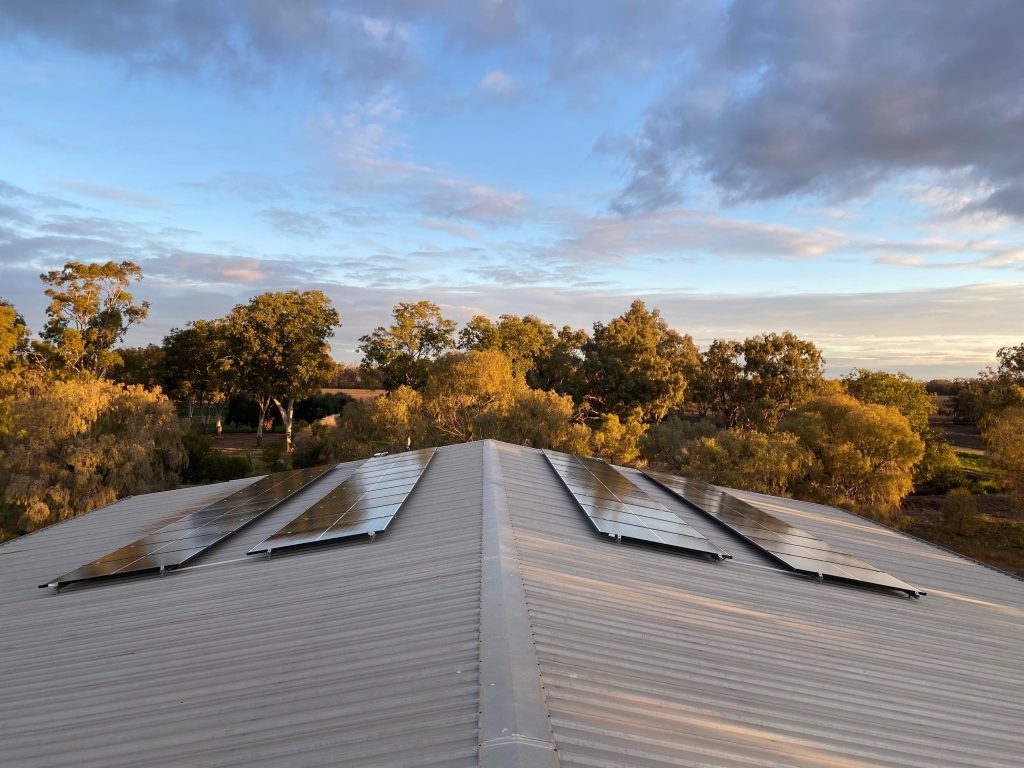
What we offer
SERVICES WE OFFER
We’re dedicated to delivering excellence in solar energy, backed by our unwavering commitment to your satisfaction and the environment.
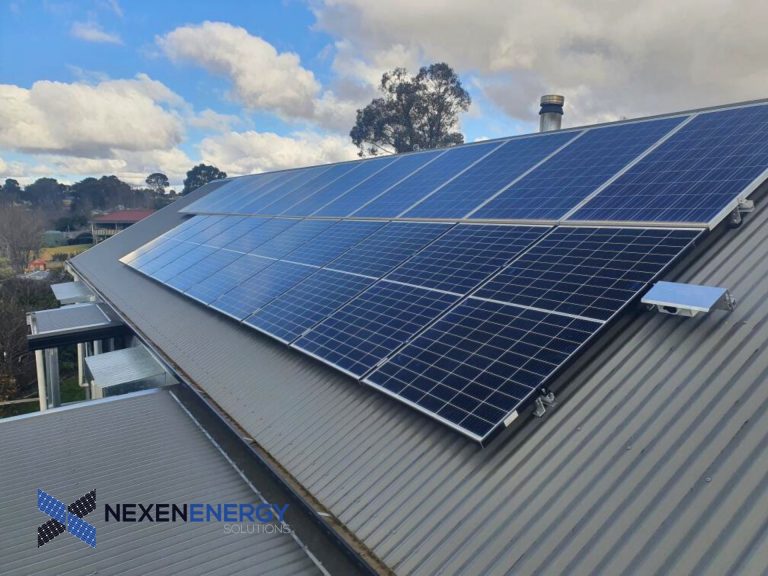
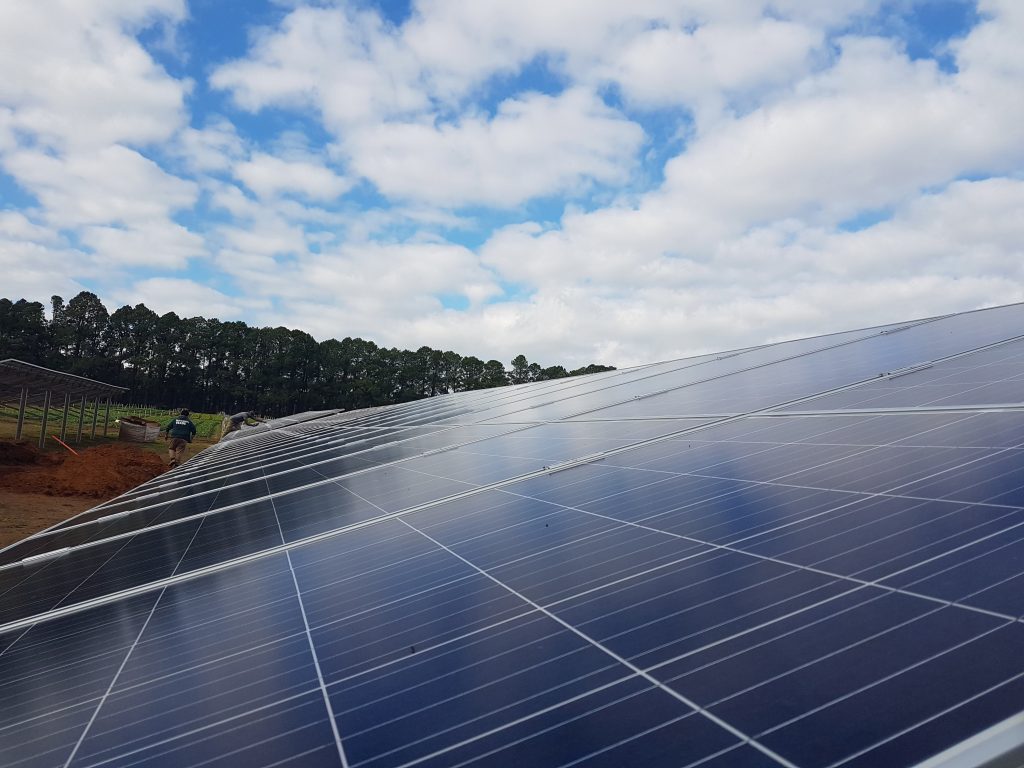
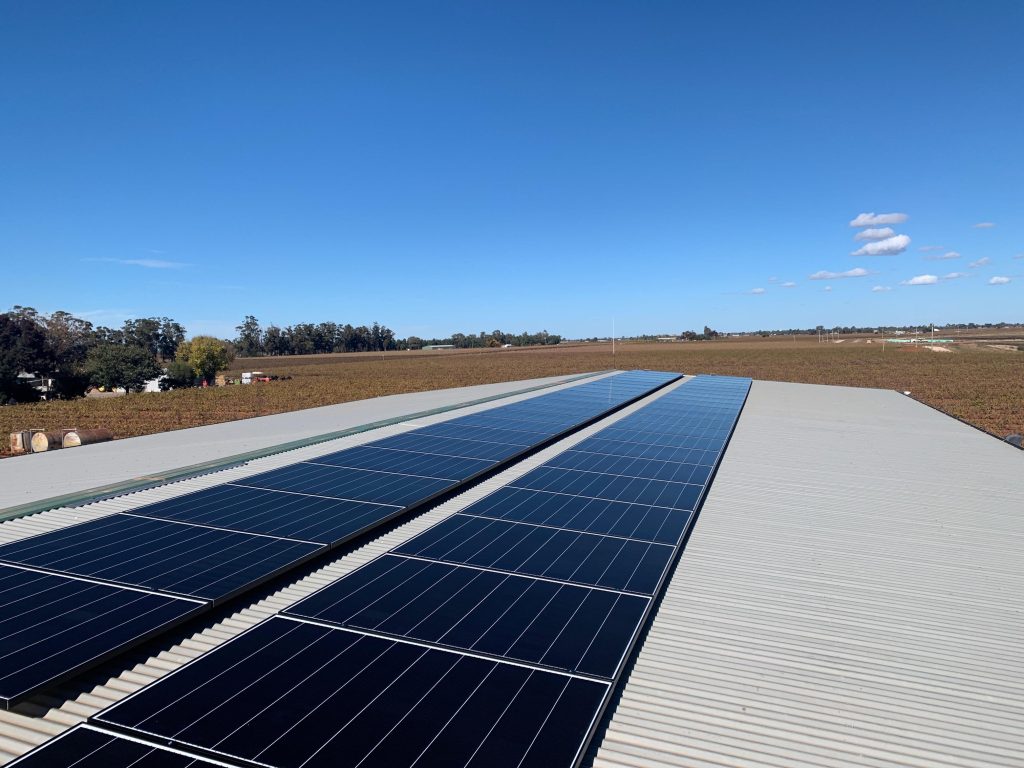
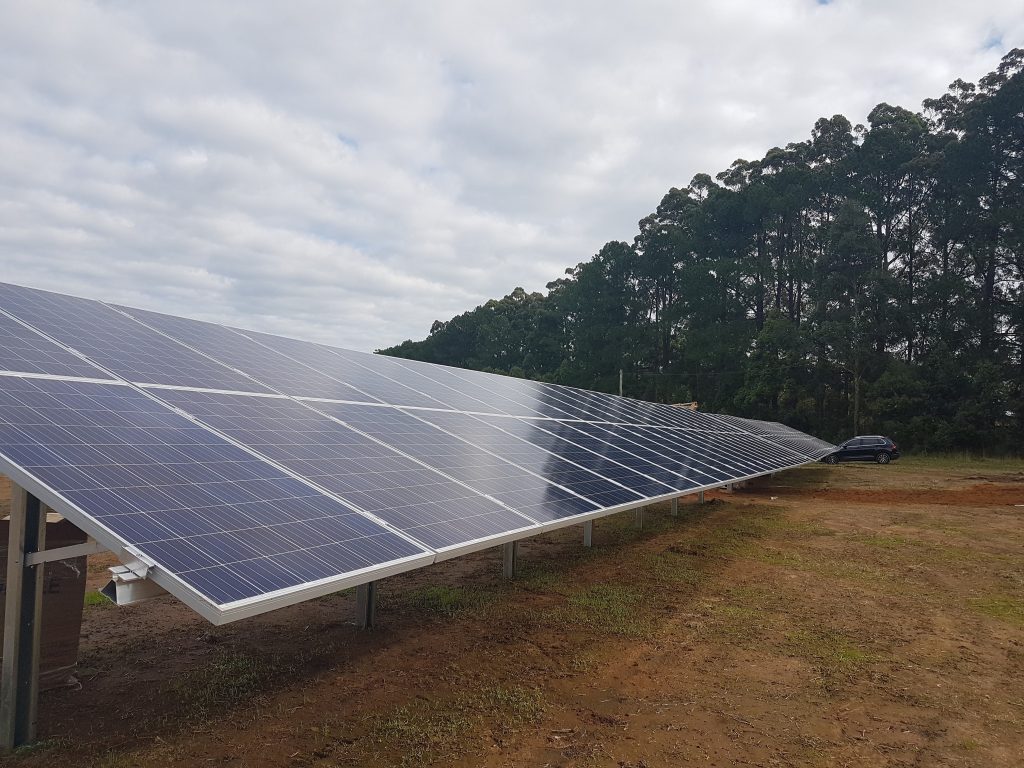
BENEFITS OF HOME SOLAR
REDUCED
ELECTRICITY BILLS
Putting on solar knocks down your electricity bills by up to 80%, and by 100% when integrated with batteries
RENEWABLE ENERGY
Solar energy is renewable which means it Never runs out.
ZERO CARBON EMISSIONS
A little contribution from your side towards a Greener and cleaner plane
REDUCED
ELECTRICITY BILLS
Putting on solar knocks down your electricity bills by up to 80%, and by 100% when integrated with batteries
RENEWABLE ENERGY
Solar energy is renewable which means it Never runs out.
ZERO CARBON EMISSIONS
A little contribution from your side towards a Greener and cleaner plane
ADDED VALUE
Solar panels will increase your home`s attractiveness on the market.
REDUCED
ELECTRICITY BILLS
Putting on solar knocks down your electricity bills by up to 80%, and by 100% when integrated with batteries
RENEWABLE ENERGY
Solar energy is renewable which means it Never runs out.
ZERO CARBON EMISSIONS
A little contribution from your side towards a Greener and cleaner plane
ADDED VALUE
Solar panels will increase your home`s attractiveness on the market.
GOVERNMENT INCENTIVES AVAILABLE
You can take advantage of Government’s Renewable energy rebate Scheme, which makes your system a lot cheaper and affordable.
RETURN ON INVESTMENT
Most of the systems pay themselves off within 5 years of time and have a life span of 20 years in most cases.
GOVERNMENT INCENTIVES AVAILABLE
You can take advantage of Government’s Renewable energy rebate Scheme, which makes your system a lot cheaper and affordable.
RETURN ON INVESTMENT
Most of the systems pay themselves off within 5 years of time and have a life span of 20 years in most cases.
ADDED VALUE
Solar panels will increase your home`s attractiveness on the market.
GOVERNMENT INCENTIVES AVAILABLE
You can take advantage of Government’s Renewable energy rebate Scheme, which makes your system a lot cheaper and affordable.
RETURN ON INVESTMENT
Most of the systems pay themselves off within 5 years of time and have a life span of 20 years in most cases.
A feed-in tariff is an amount your electricity retailer pays you for any electricity your solar PV system generates that you don’t use and is instead fed back into the grid.
Feed-in tariffs differ between states and retailers – our guides to installing solar PV for households and businesses have more details
The price of solar systems has dropped dramatically over the past few years, making it an increasingly attractive option for homes and businesses.
The upfront cost of your solar PV system is affected by a number of different factors, including:
- government incentives and support schemes available
- contractor installation costs
- type and number of solar panels, which affect the output of your system in kilowatts (kW)
- type and size of the inverter (the part of the system that converts the electrical output of your solar panels into AC electricity for use in your home or business)
- type of framing equipment and other system components
- height and accessibility of roof and whether it is tiled, metal or concrete
- any after-sales service agreements
As a very rough guide, the total cost of getting a home solar system up and running is between $2500 (for a small 1.5 kW system) and $11,500 (for a top-of-the-line 5 kW system).
For businesses, the approximate cost of installing solar ranges from around $15,000 (for a 10kW system) to more than $200,000 (for a high-capacity 100 kW system).
The amount of money your household will save on power bills by going solar is affected by a number of factors, including:
- Your energy consumption and the size of your solar power system – if you use more power than your system is capable of producing, your savings will be reduced. This can be avoided by choosing the right-sized system for your needs.
- Your feed-in tariff– this is the amount your electricity retailer pays you for any excess power your solar panels generate.
- Your usage patterns – solar panels can only generate electricity while the sun is shining. This means that households that use a lot of power during the day may attract greater savings than those that consume most of their power at night. However, you will still receive a feed-in tariff for any excess electricity you generate during the day.
Where you live – some areas of Australia receive a lot more sunlight than others, so a solar PV system in Brisbane will usually generate more power than one in Hobart.
The Australian solar industry is well regulated and safe.
Solar panels and inverters sold in this country must comply with a range of standards that maximize safety and reliability. The Clean Energy Council maintains a list of currently approved solar panel modules and inverters.
The Clean Energy Council’s Solar Accreditation scheme ensures that the people who design and install solar PV systems are across all the latest safety requirements. Accredited installers are qualified electricians who have undergone additional training and assessment in the installation of solar PV systems. Systems must be installed by a Clean Energy Council accredited installer to be eligible for small-scale technology certificates (STCs).
Initiatives such as the Clean Energy Council’s Approved Solar Retailer scheme are also ensuring that the Australian solar PV sector stays safe and reliable.
To keep your system running safely and effectively for many years, you will need to maintain it correctly. See ours after installing the solar PV section for details on inspecting, maintaining, and upgrading your system.
If your solar PV system is still under warranty, you should contact the retailer you purchased your system from to arrange repairs. If you bought from a Clean Energy Council Approved Solar Retailer, you can rest assured that every part of your system is covered under warranty for at least five years.
If your system is out of warranty, you should contact your retailer or an accredited solar installer. However, you may be responsible for the cost of any repairs.
For more information on what to do if your system stops working, refer to solar PV warranties, complaints, and disputes.

